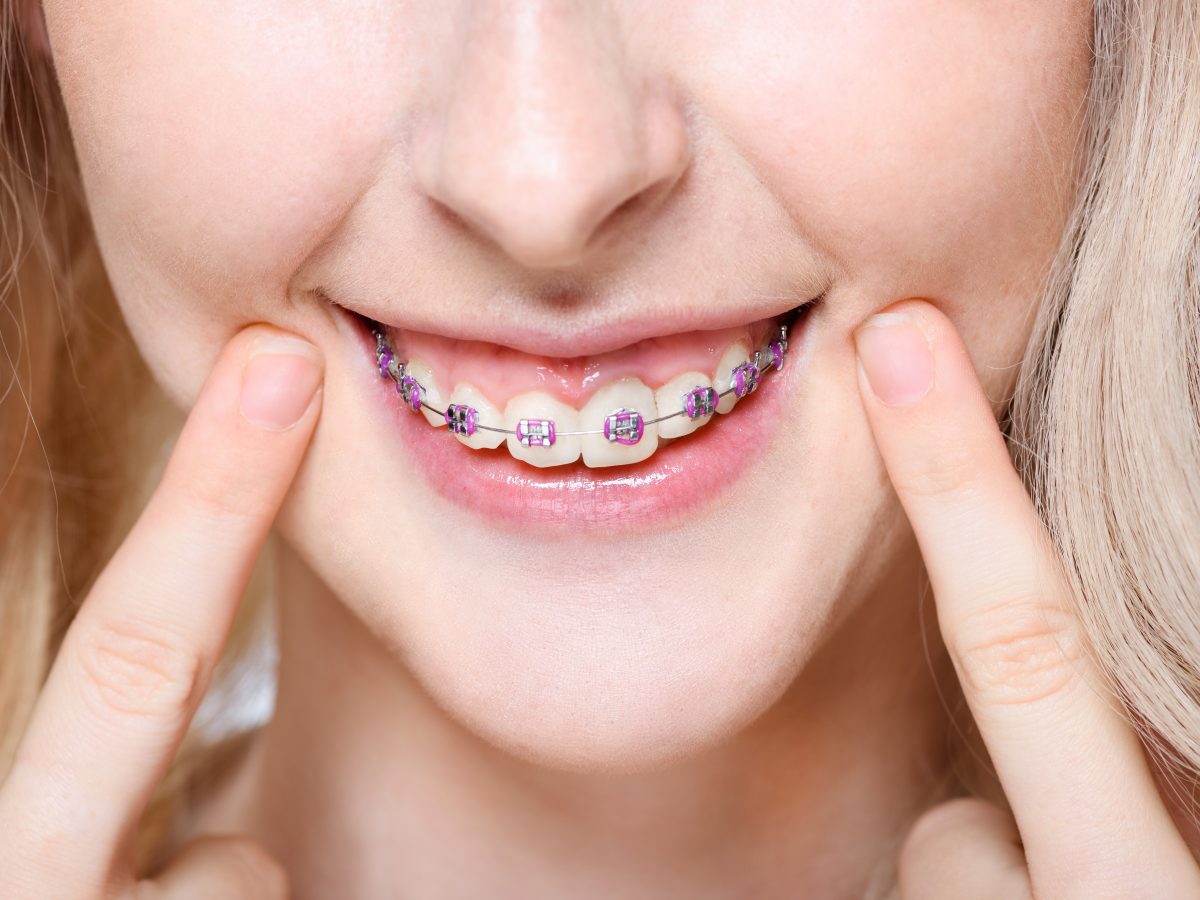Why Cumming Invisalign is the Perfect Choice for a Discreet Orthodontic Remedy
Comprehensive Overview to Orthodontics Procedures for Remedying Dental Misalignments
Comprehending the complexities of each procedure, including their mechanisms, advantages, and possible downsides, is vital in making notified decisions about one's orthodontic therapy. As we browse through the comprehensive guide to orthodontic treatments for dealing with oral imbalances, the complex details of each method will certainly unravel, losing light on the course towards a practical and harmonious oral positioning.
Orthodontic Procedures Overview

In enhancement to clear aligners and conventional dental braces, orthodontists might also advise various other interventions like headwear, palatal expanders, or retainers to resolve particular placement issues (orthodontics). These procedures are customized to each individual's distinct demands and may entail a combination of treatments to accomplish the wanted results. Routine changes and monitoring are crucial components of orthodontic therapy to ensure development gets on track and to make any kind of required adjustments along the road. By going through orthodontic treatments, clients can not only achieve a straighter grin yet additionally boost their overall oral health and function.
Typical Dental Braces: Just How They Function
When considering orthodontic therapies for oral misalignments, typical dental braces stick out as a tried and true method for dealing with teeth positioning. Conventional braces are composed of brackets, cables, and bands that work together to use constant stress on the teeth, slowly moving them into the wanted placement. The braces are affixed to the teeth utilizing a special adhesive, and the cords are threaded with the brackets. By readjusting the tension of the cables, orthodontists can regulate the instructions and force put on each tooth, directing them right into appropriate placement in time.
One trick facet of how conventional braces job is the procedure of bone renovation. As stress is put on the teeth via the dental braces, the bone surrounding the teeth is reshaped to support the new tooth settings. This makeover is essential for the long-lasting security of the dealt with alignment. People will certainly require routine modifications at the orthodontist's workplace to make certain the dental braces remain to use the proper stress for reliable teeth activity.
Undetectable Aligners: Cons and pros
These clear, custom-made trays are basically unnoticeable when worn, making them an attractive option for people seeking a much more aesthetically pleasing orthodontic therapy. Patients can eliminate the aligners prior to eating or cleaning their teeth, decreasing the threat of food getting stuck in the home appliance and simplifying the cleaning procedure.

Surgical Orthodontic Options
Surgical treatments in orthodontics existing viable choices for resolving complex dental misalignments that dig this may not be efficiently solved through conventional orthodontic treatments. While undetectable aligners and typical dental braces can deal with lots of orthodontic issues, certain cases call for medical intervention to achieve optimum outcomes. Surgical orthodontic choices are usually suggested for severe malocclusions, substantial jaw disparities, and situations where the underlying bone structure requires modification to achieve correct positioning.
One common medical orthodontic procedure is orthognathic surgical procedure, which entails repositioning the jaws to correct useful issues such as difficulty eating or speaking. This surgery is usually done in collaboration with an orthodontist that helps straighten the teeth before and after the treatment. Surgical orthodontics may also include procedures to subject impacted teeth, eliminate excess gum tissue, or improve the jawbone to produce a more unified facial account.
Before thinking about surgical orthodontic alternatives, people undergo a thorough assessment to figure out the necessity and prospective benefits of such interventions. cumming orthodontics. While surgery may appear difficult, it can significantly enhance both the feature and aesthetic appeals of the smile in click for more info instances where conventional orthodontic treatments fail
Retainers and Post-Treatment Treatment

Post-treatment care includes complying with the orthodontist's guidelines diligently. This may include proper oral hygiene techniques, participating in follow-up appointments, and wearing the retainers as recommended. Failure to abide by post-treatment treatment directions can cause relapse, where the teeth slowly move back in the direction of their original placements. Consistent retainer wear, great dental health, and regular dental exams are important for preserving the results achieved through orthodontic surgery and guaranteeing the long-term stability of the corrected oral placement.
Final Thought
In final thought, orthodontic procedures supply numerous choices for fixing dental imbalances. Standard braces use steel brackets and cords to move teeth into correct positioning. Unnoticeable aligners provide an even more discreet alternative however might not be appropriate for all cases. Surgical orthodontic choices are available for extra serious imbalances. Retainers are frequently used post-treatment to preserve the new positioning. Overall, orthodontic treatments can effectively boost dental health and wellness and aesthetic appearance.
As we navigate with the comprehensive guide to orthodontic treatments for dealing with dental misalignments, the complex information of each method will unravel, losing light on the path toward a unified and useful oral alignment. - cumming invisalign
One of the most typical orthodontic therapies is the use of braces, which are composed of steel braces and wires that use mild stress to gradually shift teeth into the preferred setting.When taking into consideration orthodontic therapies for oral misalignments, traditional braces stand out as a tried and true technique for remedying teeth placing. Furthermore, undetectable aligners may not be suitable for intricate orthodontic problems that need even more significant teeth motion, as they are commonly recommended for mild to moderate cases. Retainers are custom-made orthodontic tools designed to hold teeth in their corrected positions after the conclusion of orthodontic websites therapy.